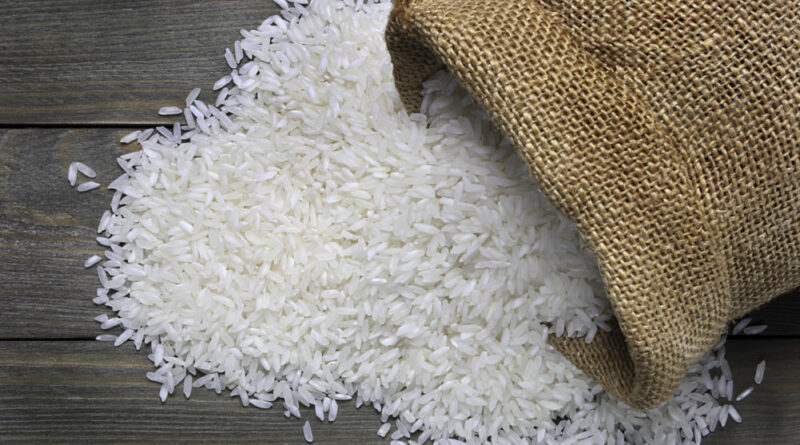India allows Nepal to import rice on quota basis
As the Indian government has announced to provide 95,000 tonnes of rice to Nepal on quota basis after imposing a ban on the export of non-basmati rice, the Nepal government has asked the private importers to coordinate with the Indian supplier.
All Nepali companies should import rice from the state-owned National Cooperative Exports of India.
On October 18, the Indian government permitted the export of 95,000 tonnes of non-basmati white rice to Nepal following a ban on July 20.
On Sunday, the Ministry of Industry, Commerce and Supplies published a notice requesting the importers to send their details to the Indian state-owned supplier to import rice.As per the notice, each Nepali private-sector importer firm will be allowed to bring in up to 5,000 tonnes of rice on a first-come, first-served basis.“We have already requested the Indian government to provide 5,000 tonnes of rice to each Nepali private firm or company. The private sector can directly contact the National Cooperative Export of India and import rice by reaching an agreement on price and quality between the buyer and seller,” said Ram Chandra Tiwari, joint secretary of the Ministry of Industry, Commerce and Supplies.
“To prevent cartelling, we have set a quota of up to 5,000 tonnes for each private firm or company,” said Tiwari.Out of the 95,000 tonnes, 30,000 tonnes will be imported by government corporations and the remaining amount will be imported by private-sector suppliers, Tiwari said.India imposed a ban on the export of non-basmati rice on July 20 India to keep its food reserve intact amid the threat of El Niño disruptions.On August 25, a month after imposing an export ban on non-basmati rice, India slapped a 20 percent export duty on parboiled rice.
Following the ban, Nepal’s Ministry of Industry, Commerce and Supplies in August first week, formally requested export quotas from the Indian government, seeking 1 million tonnes of paddy and 100,000 tonnes of rice.Nepal requires 4 million tonnes of rice annually to feed its population, and the shortfall is made up through imports from India. Nepal has been importing rice and paddy from India in large quantities for the past decade.Nepal is heavily dependent on imported food, mostly from India.
In the 2021-22 Indian fiscal year, which starts on April 1 and ends on March 31, Nepal imported 1.4 million tonnes of rice—1.38 million tonnes of non-basmati and 19,000 tonnes of basmati rice—from India, the highest amount on record, according to an Indian government report.In terms of value, rice imports came to $473.43 million or just over Rs60 billion.Imports of basmati and non-basmati rice dropped sharply to 812,028 tonnes in 2022-23 after India strangled exports. The total value of the imports was $283.94 million or Rs37.48 billion.The price of rice rose instantly in Nepal after India announced an export ban, though traders say that prices have started to decrease to some extent.
Despite having adequate inventory, traders increased prices under the pretext of the ban, analysts said.Within a week of the rice ban by India, prices in Nepal of all types of rice increased by Rs200 to Rs250 per 20-kg or 25-kg bag.India has placed controls on sugar, wheat and rice shipments and currently onion as well.India, the world’s largest rice exporter, said it was imposing a ban on the export of non-basmati white rice to keep its food reserve intact amid the threat of El Niño disruptions.
India accounts for more than 40 percent of the world’s rice exports, and low inventories with other exporters mean any cut in shipments could inflate food prices already driven up by Russia’s invasion of Ukraine last year and erratic weather.According to Indian media reports, rice smuggling from India to Nepal has surged to alarming levels since the southern neighbour banned exports of the staple grain.According to the reports, villagers along the India-Nepal border in Maharajganj, a town in the Indian state of Uttar Pradesh, are mostly involved in smuggling rice into Nepal.In September 2022, India had banned exports of broken rice and imposed a 20 percent duty on exports of various grades of rice as it sought to boost domestic supplies and calm local prices after a below-average monsoon rainfall curtailed planting.
This article has been republished from The Kathmandu Post.

